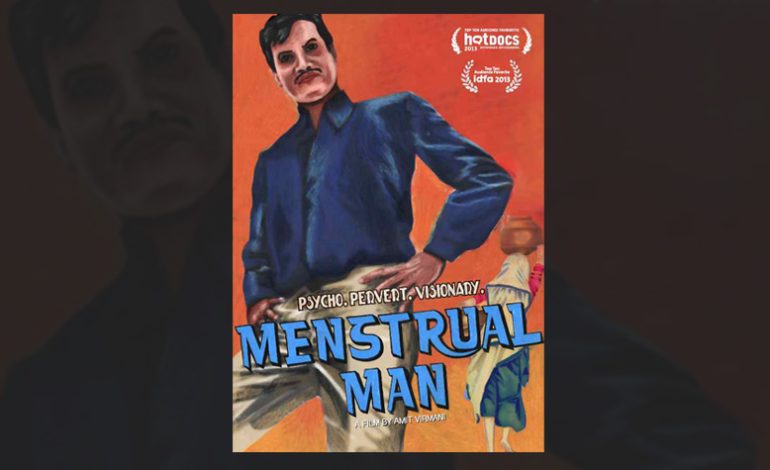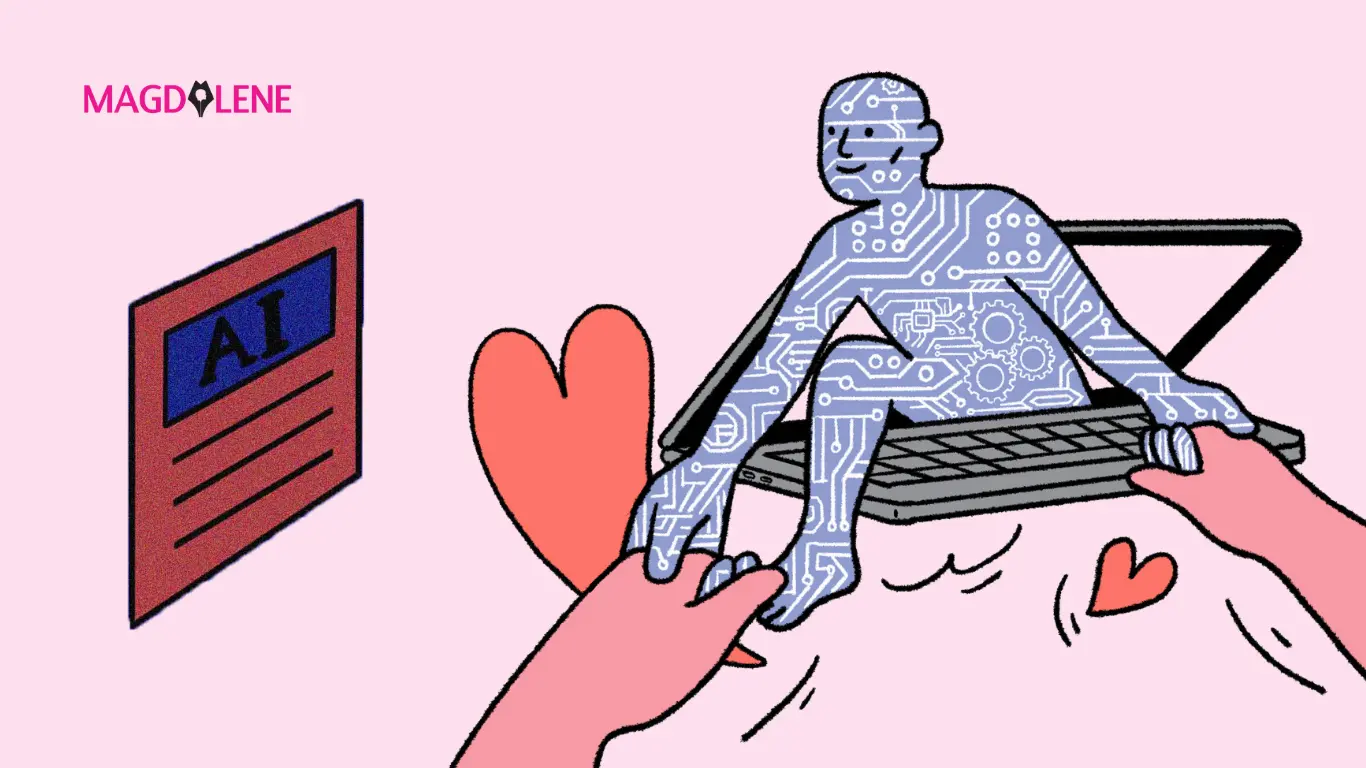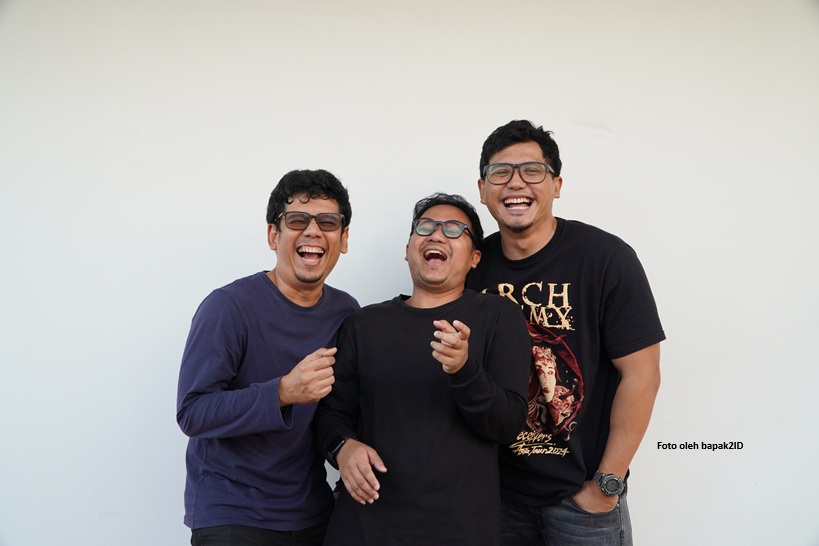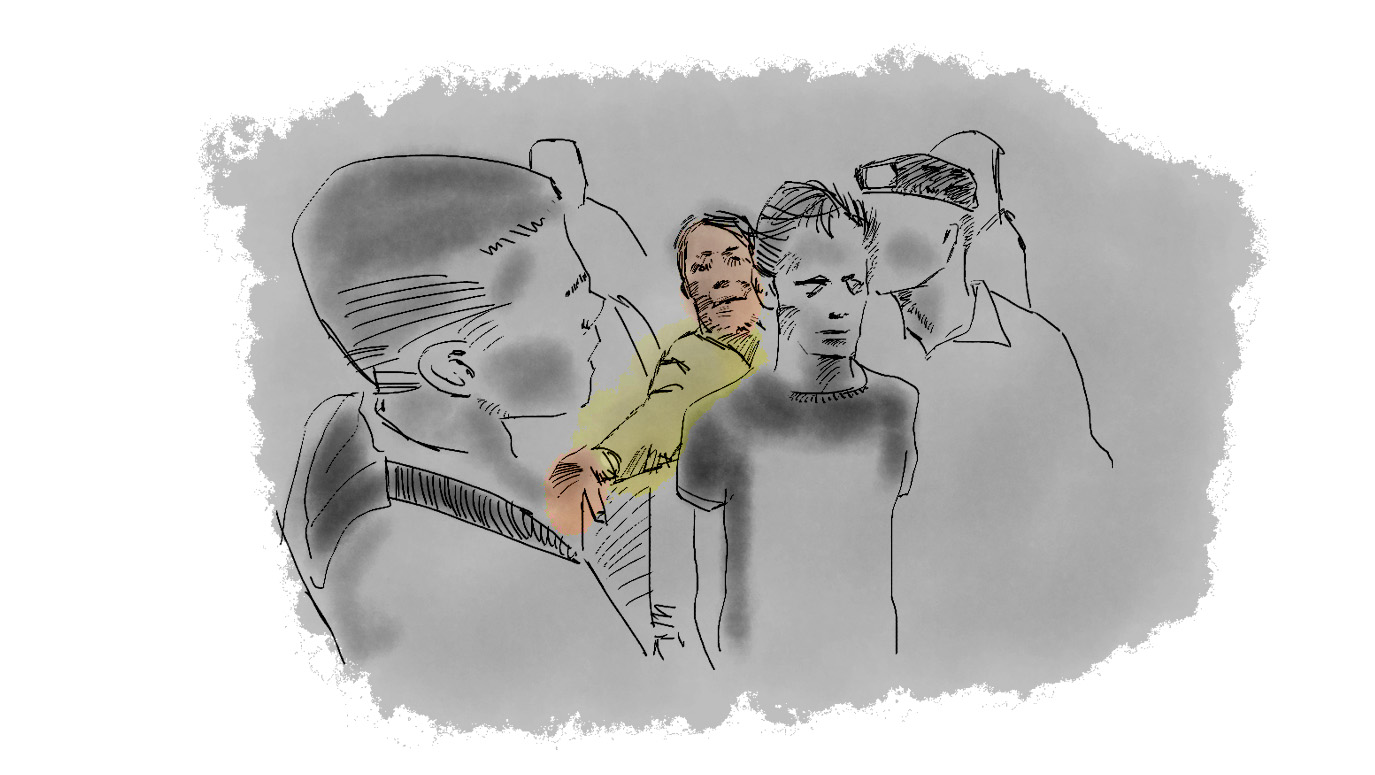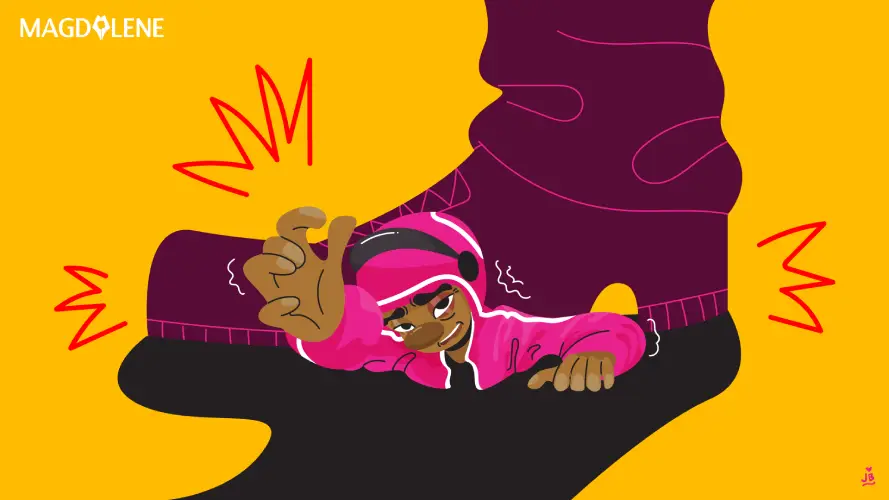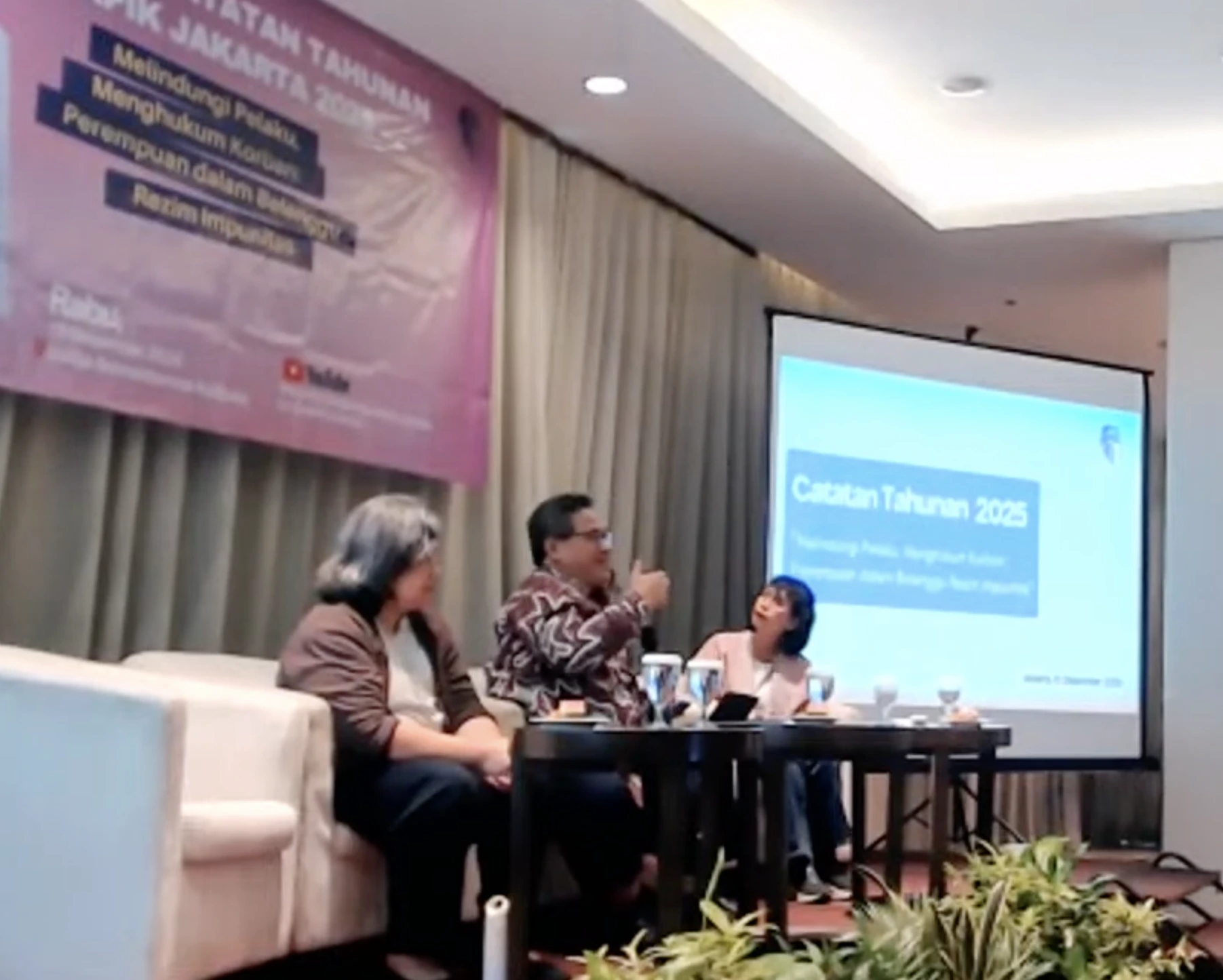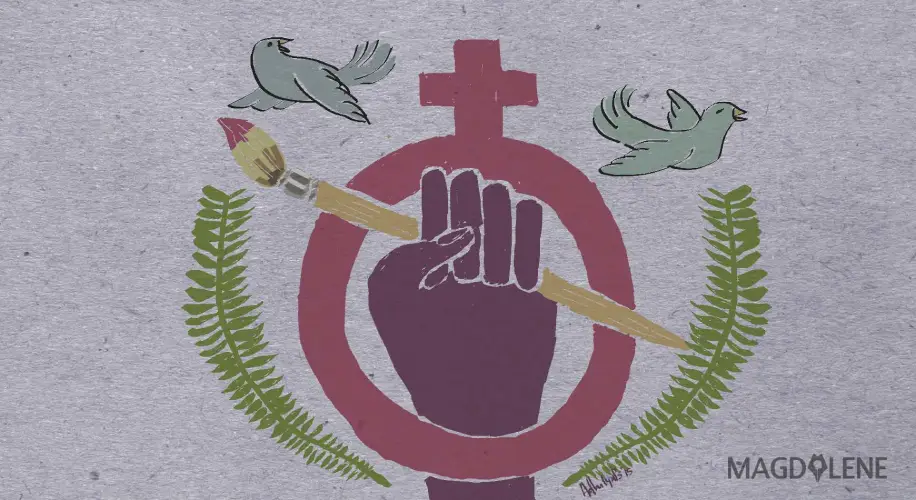We Need to Talk About Periods
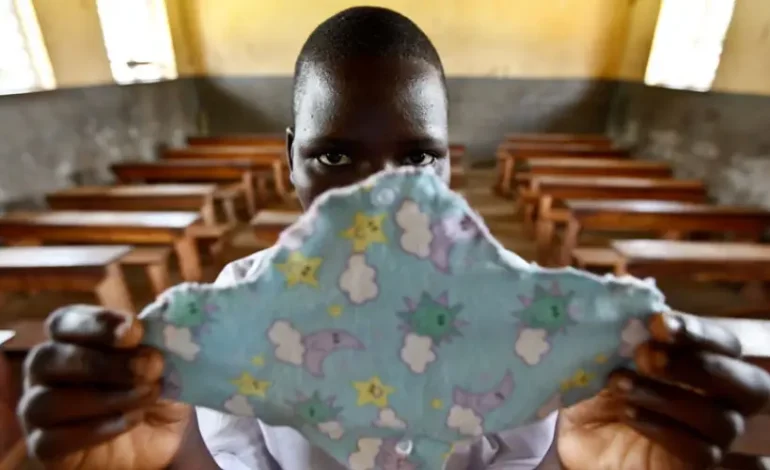
When I was in Timor Leste in 2012, an entrepreneurial male colleague was running a curious side business. He was selling packets of sanitary pads, that had allegedly ‘fallen off the back of a truck’, to the women of the office. Despite the awkward nature of the transactions in the staff kitchen, and the jokes made while plying his merchandise (i.e. if you declined to purchase regularly you left yourself at risk of rumors of being secretly pregnant), many women purchased his dubiously sourced supplies because they were slightly cheaper than in the shops.
Pads are expensive, even for middle-income families in a developing country, and commercially manufactured sanitary products are simply unaffordable for those living in poverty.
Women and girls have obviously been coping with menstruation for a long time without the aid of fantastic plastic convenience. They make do, using cloth rags or other methods like straw, leaves, newspapers, mud or ash, slipping out of the home at night time to bury used rags in the dirt or finding private places to wash and hang them out to dry.
But just because women and girls cope doesn’t mean that menstrual hygiene management (MHM) is an issue that can be overlooked by those working in development. It’s important to recognize that this affects women and girls’ health, dignity and confidence, as well as their participation in education, the community and the economy.
While TV ads for pads and tampons may leave the impression that they primarily enable spinning around joyously in daisy fields in white skirts and flirting with guys at the beach, supporting women’s agency to effectively and hygienically manage their menstruation can help them do a whole lot more.
Yet, just like the obliqueness of the ‘blue liquid’ in those TV ads, MHM is rarely openly discussed. We are largely still guessing at the actual impacts of poor MHM, the scope of the problem and the best solutions.
In some cases it is difficult to sort the hyperbole from hard facts. A recent article by Bloomberg went so far to say that low accessibility to menstrual hygiene products for women in India holds the country’s economy back. Maybe it does – but there isn’t any data.
A systematic review published by open-access scientific journal PLOS One last year looked at the effect of poor MHM, particularly in low income settings, and reviewed the existing research. It concluded that poor MHM was a significant obstacle for women in developing countries and could affect the health of the reproductive tract, “but the specific infections, the strength of effect, and the route of transmission, remain unclear.”
The review stated that: “there is a gap in the evidence for high quality randomized intervention studies which combine hardware [menstrual hygiene products] and software [education] interventions, in particular for better understanding the nuanced effect improving MHM may have on girls’ attendance at school.”
More information is clearly needed. But there are still very good reasons for the development community to take the needs of menstruating women and girls into consideration in their work.
For starters, it’s the right thing to do. I doubt many of us in developed countries can imagine how inconvenient, uncomfortable and embarrassing it must be for women and girls not to have access to even the most basic of facilities to manage their menstruation, or how confusing menstruation is for girls who have no information on this natural process.
Small scale surveys by WaterAid found that 95 percent of girls in rural Ghana said they felt embarrassed during their last period and 90 percent said they felt ashamed. Of girls in Malawi, 82 percent did not know about menstruation before the onset of menarche. Girls were also excluded from water sources during menstruation and prohibited from cooking or bathing in some communities.
Education for girls and the wider community on menstruation is crucial to address discrimination and exclusion, and to create an environment where women and girls can articulate their needs—particularly in contexts where there are significant taboos and restrictions, coupled with a lack of accurate information on sexual and reproductive health.
There are already a number of small NGOs working on projects to deliver sustainable, reusable, locally sourced or low cost sanitary products to women in developing countries, or to teach them how to make their own. See Days for Girls, SHE, Saathi pads, Afripads, Ruby Cup, MakaPad and J-PAL for examples of these kinds of approaches—this seems to be one of those areas that innovation types love to get involved in because it presents all kinds of interesting design questions.
This area is also ripe for private sector involvement, particularly from companies that see the potential in growing the market for feminine hygiene products in emerging economies—for example, Proctor & Gamble ran an initiative to distribute free sanitary products and education to African schoolgirls as part of its corporate social responsibility program.
In humanitarian emergencies, sanitary products are typically included in hygiene packs provided by organizations such as UNICEF and Red Cross.
But sanitary products are only one piece of the puzzle. Appropriate water and sanitation facilities for women and girls are another gap, and are probably even more important.
WaterAid is one actor in the WASH (water, sanitation and hygiene) sector tackling this topic. Last year, it launched the first comprehensive MHM toolkit to encourage more organizations to consider MHM in their WASH, community, schools, and emergencies programs. UNICEF also held a MHM in schools virtual conference last year, focusing on WASH.
MHM is definitely not the only (nor the main) barrier to girls’ continuation in school past puberty. Giving schoolgirls menstrual hygiene supplies is no silver bullet to fix the gender gap in enrollment and attendance (it is debated whether it really has much of an impact on attendance at all). But MHM and appropriate toilet facilities do need to be considered as part of wider steps to make schools ‘girl friendly’ and more equitable.
In one example of this, Save the Children have detailed their multi-sectoral approach to MHM in Ethiopia, in which they facilitate community discussion, educate families and schoolchildren on sexual and reproductive health, improve the privacy and safety of water and sanitation facilities at schools and introduce girls to menstrual hygiene products.
Fostering this wider community discussion is important to raise awareness of the needs of women and girls more broadly across different planning and policy fields. Anupma Jain from the Asian Development Bank recently wrote an interesting blog post on the implications of MHM for urban development, citing the need for adequate latrines in community spaces, as well as facilities for the proper disposal of menstrual hygiene products, particularly in countries where increasing prosperity is enabling more women to use modern, disposable forms of protection.
We are starting to hear more conversations and ideas on MHM and we are also improving our understanding of how it may relate to other development challenges.
Perhaps the best thing that development practitioners and policymakers can do is to keep asking the question “what do women and girls need?” when planning projects, making sure that menstruation is not left off the agenda – even if it can still be an awkward conversation for some.
*This article was first published in the Development Policy Blog run by Australia-based Development Policy Center, under the title “Why we need to talk about periods: menstrual hygiene management in development practice.”
** Photo: A Ugandan girl holds up a sanitary pad she made in a class at her school, by Echawalu Photography (echwaluphotography.wordpress.com)

